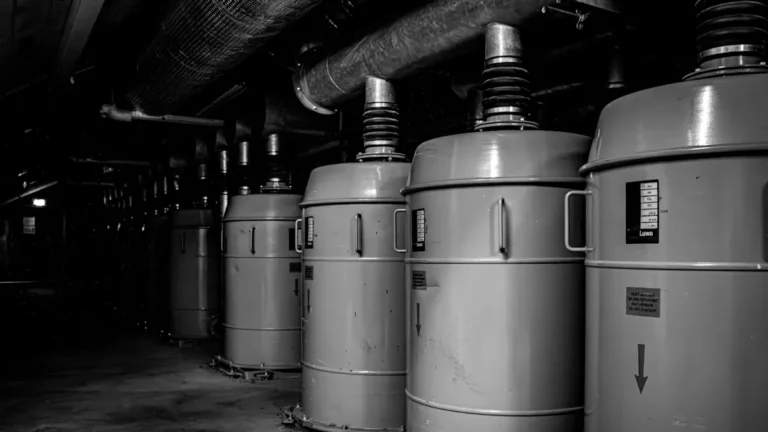Carbón activado para desulfuración
.webp)
Buy Desulfurization Activated Carbon
Retos del sector
Limited Adsorption Capacity
- The adsorption capacity of activated carbon for SO₂ is limited by the pore structure and surface chemical properties. For high-concentration SO₂ gas (such as that from coal combustion), it is necessary to frequently replace or regenerate the adsorbent, resulting in an increase in operating costs.
Competitive Adsorption and Poor Selectivity
- The components such as H₂O, CO₂, NOₓ in the flue gas compete with SO₂ for active sites, thereby reducing the desulfurization efficiency (especially when the humidity is greater than 10%, water molecules are preferentially adsorbed)
Catalyst Poisoning and Short Lifespan
- Activated carbon-supported catalysts (such as Cu, V₂O₅) are used for synergistic desulfurization and denitrification. The SO₂ in the flue gas reacts with the catalyst to form sulfates (such as CuSO₄), resulting in permanent catalyst deactivation.
Dust Blockage and Mechanical Wear
- Activated carbon-supported catalysts (such as Cu, V₂O₅) are used for synergistic desulfurization and denitrification. The SO₂ in the flue gas reacts with the catalyst to form sulfates (such as CuSO₄), resulting in permanent catalyst deactivation.
By-product Treatment
- The SO₂ released during regeneration must be treated by a desulfurization device; otherwise, its direct emission would cause pollution.
tipos de carbón activado relacionados
-r8fslg51nt6wgjtvh6yldxb1gtkgm3lpe0oq1akgog.webp)
- Valor de yodo: 600-1200
- Tamaño de malla: 1×4/4×8/8×16/8×30/12×40/20×40/20×50/30×60/40×70 (Más tamaños a petición)
- Densidad aparente: 400-700
-r8fsli0q1h9h3rr567ruiwtynlb71ht629zozuhoc0.webp)
- Valor de yodo: 500-1300
- Tamaño de malla:0,9-1mm/1,5-2mm/3-4mm/6mm/8mm(Más tamaños a petición)
- Densidad aparente: 450-600
-r8fslbfupn0gui0p8mxgjghqhw7mjm31pdfamwrfjk.webp)
- Valor de yodo: 500-1300
- Luz de malla: 150/200/300/350 (Más luces a petición)
- Densidad aparente: 450 - 550
-r8fsle9da54btbwls65c8xs4a1tq6pe8prdr2qn90w.webp)
- Valor de yodo: 400-800
- Tamaño de malla: 100×100×100 mm/100×100×50 mm (densidad celular personalizada bajo pedido)
- Densidad aparente: 350-450
- Diámetro interior:1,5-8 mm

- Valor de yodo: 700-1200 mg/g
- Superficie 700-1200 m²/g
- Densidad aparente: 320-550 kg/m³

- Valor de yodo: 700-1200 mg/g
- Superficie 700-1200 m²/g
- Densidad aparente: 320-550 kg/m³

- Valor de yodo: 700-1200 mg/g
- Superficie 700-1200 m²/g
- Densidad aparente: 300-650 kg/m³

- Valor de yodo: 700-1200 mg/g
- Superficie 700-1200 m²/g
- Densidad aparente: 320-550 kg/m³

- Método de activación: Activación por vapor/gas a altas temperaturas
- Estructura de los poros: Microporosa-dominada, distribución uniforme de los poros.
- Perfil medioambiental: Sin productos químicos, bajo contenido en cenizas
- Aplicaciones principales: Adsorción en fase gaseosa, purificación de agua potable

- Método de activación: Activación química (por ejemplo, H₃PO₄/ZnCl₂) a temperaturas moderadas.
- Estructura de los poros: Mesoporoso-rico, mayor área superficial
- Eficiencia del proceso: Menor tiempo de activación, mayor rendimiento 30-50%
- Tratamiento posterior: Lavado con ácido para eliminar residuos

- Funcionalización: Cargado con agentes activos (por ejemplo, I₂/Ag/KOH).
- Adsorción selectiva: Captura mejorada de contaminantes específicos (por ejemplo, Hg⁰/H₂S/gases ácidos).
- Personalización: Químicamente optimizado para los contaminantes objetivo
- Aplicaciones principales: Tratamiento de gases industriales, protección QBRN
Por qué utilizar nuestro carbón activado

Industry-leading Sulfur Adsorption Capacity
Ultra-high sulfur capacity: Utilizing nanometer-sized pore control technology, the sulfur capacity reaches 150-200mg/g (while that of ordinary carbon is only 50-80mg/g)

Fórmula antidegradación
When operating continuously under SO₂ > 2000ppm conditions for 3 months, the efficiency remains > 92%

Revolutionary Regenerative Technology
Microwave-ultrasonic combined regeneration system: Regeneration energy consumption < 600 kWh/ton, loss rate of activated carbon < 3%. The SO₂ recovered during the regeneration process can be used to produce 98% concentrated sulfuric acid, with purity meeting industrial standards.

Comprehensive Technical Support Throughout the Entire Process
We provide end-to-end technical assistance, covering everything from initial project assessment to on-site deployment and post-operation analysis. Our expert team ensures smooth system integration, operational stability, and ongoing optimization tailored to your specific chemical application needs.
Proceso y tecnología
1. Activated Carbon Adsorption Desulfurization
Resumen de la solución
Activated carbon adsorption desulfurization is a technology that utilizes the physical and chemical adsorption properties of activated carbon to remove sulfur dioxide (SO₂) from flue gas or waste gas. It can efficiently capture SO₂ and convert it through catalytic oxidation into sulfuric acid (H₂SO₄) or other sulfides. Finally, sulfur removal and utilization can be achieved through regeneration or resource recovery.
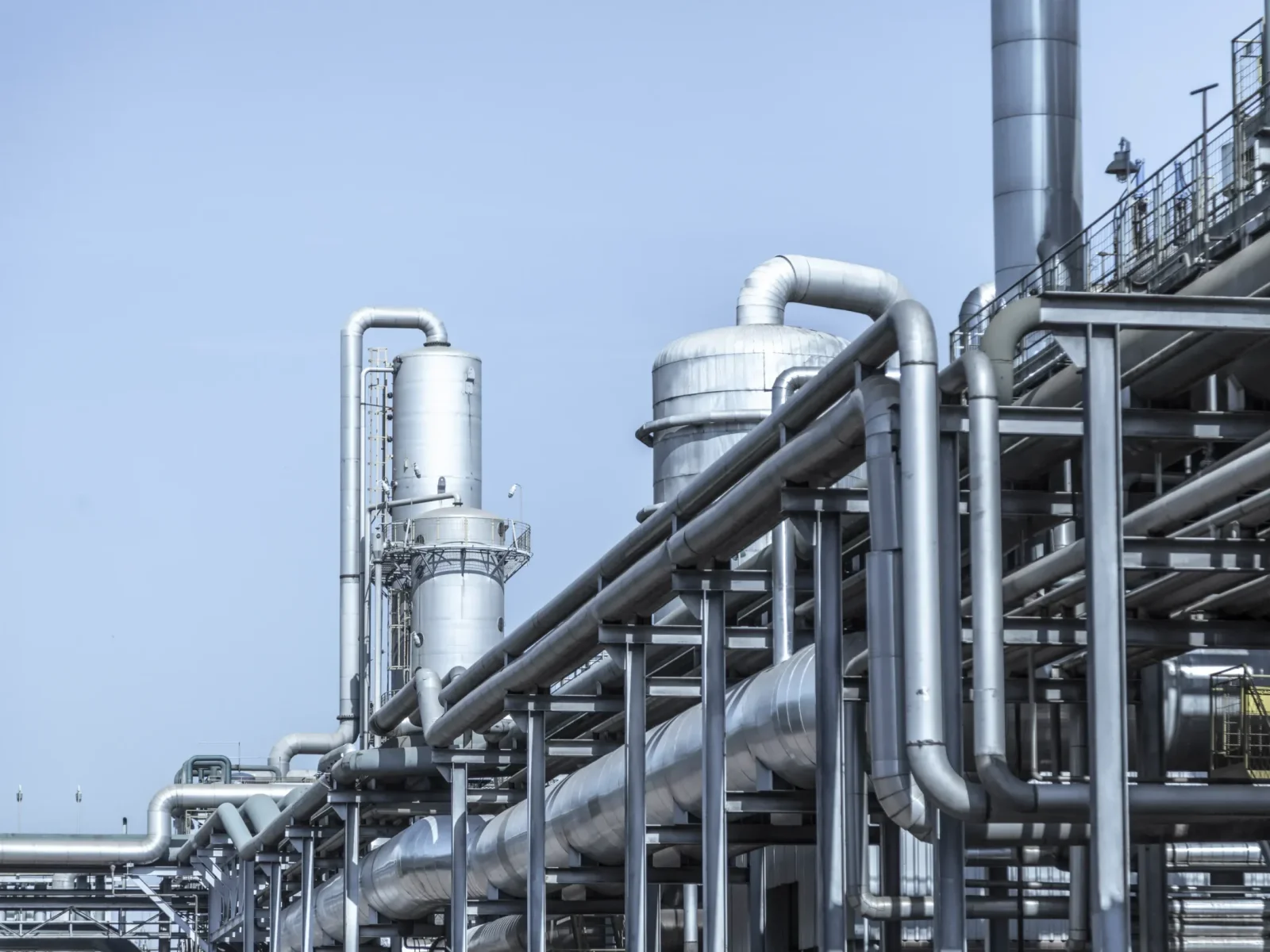
Principales ventajas
- High-efficiency adsorption: The removal rate of low-concentration SO₂ (<1000 ppm) can reach 80 - 95%.
- Resource recycling: The by-product sulfuric acid can be reused, reducing waste emissions.
- Synergistic treatment: It can simultaneously adsorb pollutants such as mercury and dioxins.
- Adaptable: Suitable for smoke gas treatment in industries such as coal-fired power plants, steel, and chemical manufacturing.
2. Activated Carbon Catalytic Oxidation Desulfurization
Resumen de la solución
Activated carbon catalytic oxidation desulfurization is an advanced desulfurization technology that utilizes activated carbon as a catalyst carrier. Through chemical catalytic action, it oxidizes sulfur dioxide (SO₂) in the flue gas into sulfur trioxide (SO₃) and further converts it into sulfuric acid (H₂SO₄).
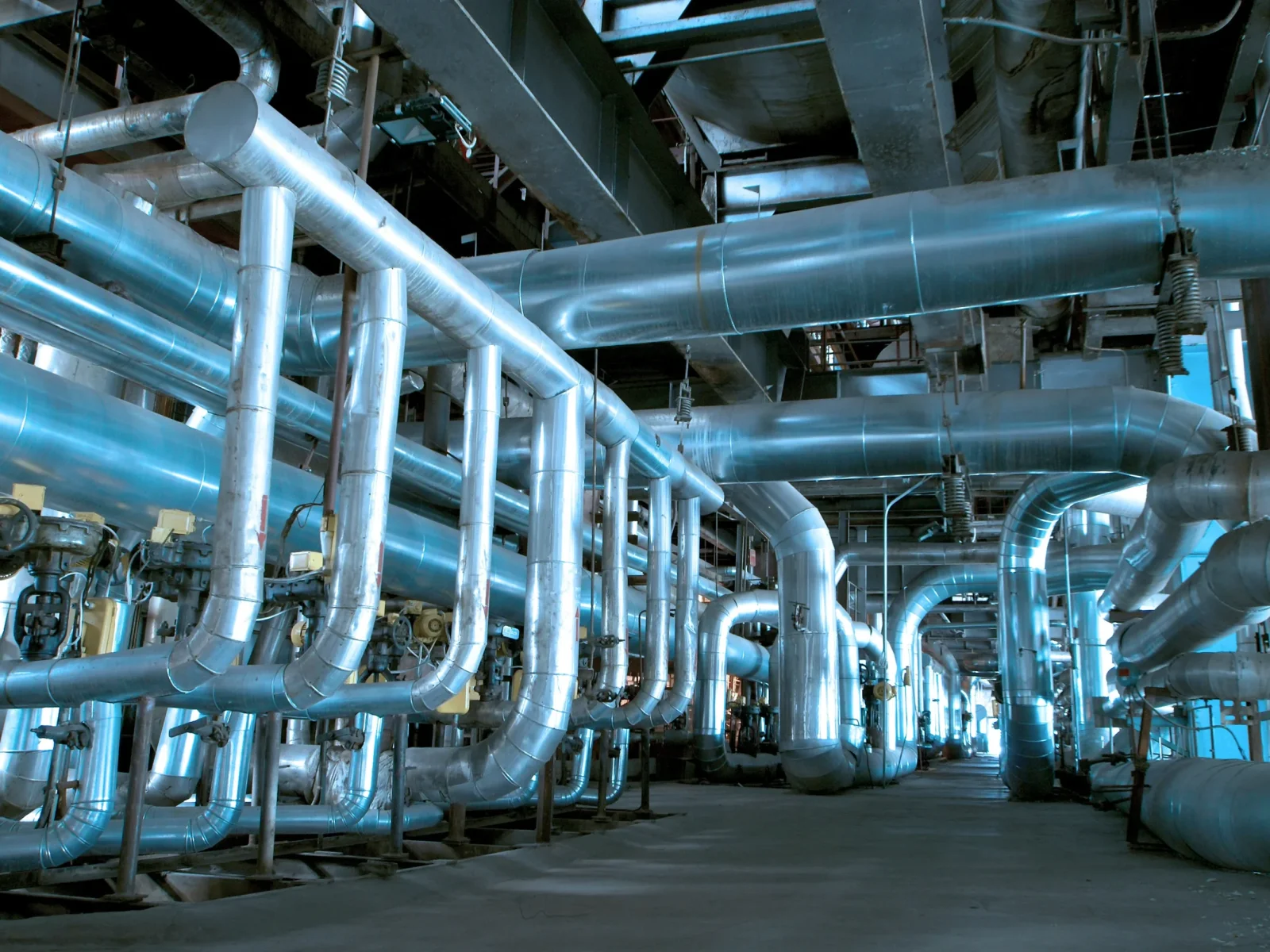
Principales ventajas
- Low-temperature high-efficiency: High sulfur removal efficiency (over 90%) can be achieved at temperatures ranging from 100 to 300°C, without the need for the high-temperature (300 to 400°C) conditions of traditional SCR.
- Resource recycling: The by-product is of commercial grade sulfuric acid, which can offset part of the operating costs.
- Strong anti-interference ability: Activated carbon can adsorb pollutants such as Hg and dioxins in the flue gas.
- Synergistic denitrification: By loading NH₃ reductant, NOₓ can be simultaneously removed (such as in the Sumitomo process).
3. Activated Carbon Combined with Desulfurization and Denitrification
Resumen de la solución
The activated carbon combined with desulfurization and denitrification technology is an advanced flue gas purification technology based on the adsorption and catalytic properties of activated carbon, which can simultaneously remove SO₂ and NOₓ from flue gas through a single system.
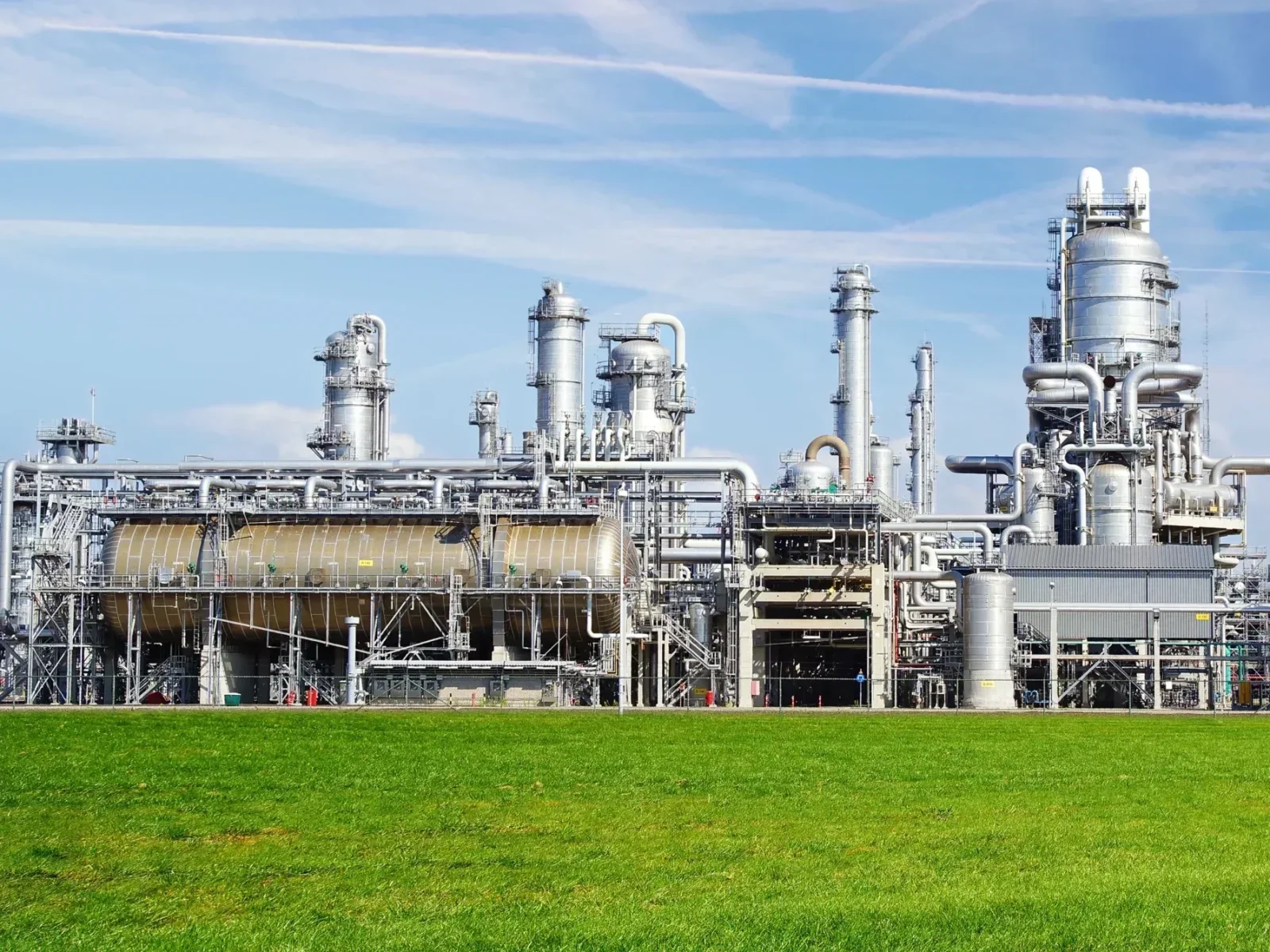
Principales ventajas
- Integrated purification: Simultaneously remove SO₂ (efficiency > 95%), NOₓ (efficiency > 80%), dioxins and heavy metals.
- Resource Recovery: The by-product sulfuric acid (H₂SO₄) can be sold, offsetting 30-50% of the operating costs.
- Low-temperature and high-efficiency: Operates at 100 - 200℃, with lower energy consumption compared to traditional SCR (which requires 300 - 400℃).
- Resistance to load fluctuations: Capable of adapting to changes in the concentration of SO₂/NOₓ in the flue gas, with strong stability.
4. Activated carbon - Ozone Oxidation Method
Resumen de la solución
The activated carbon-ozone oxidation method is an advanced flue gas purification technology that combines the strong oxidizing property of ozone (O₃) with the adsorption/catalytic characteristics of activated carbon. It can efficiently and synergistically remove SO₂ and NOₓ, and is particularly suitable for treating complex industrial flue gas.
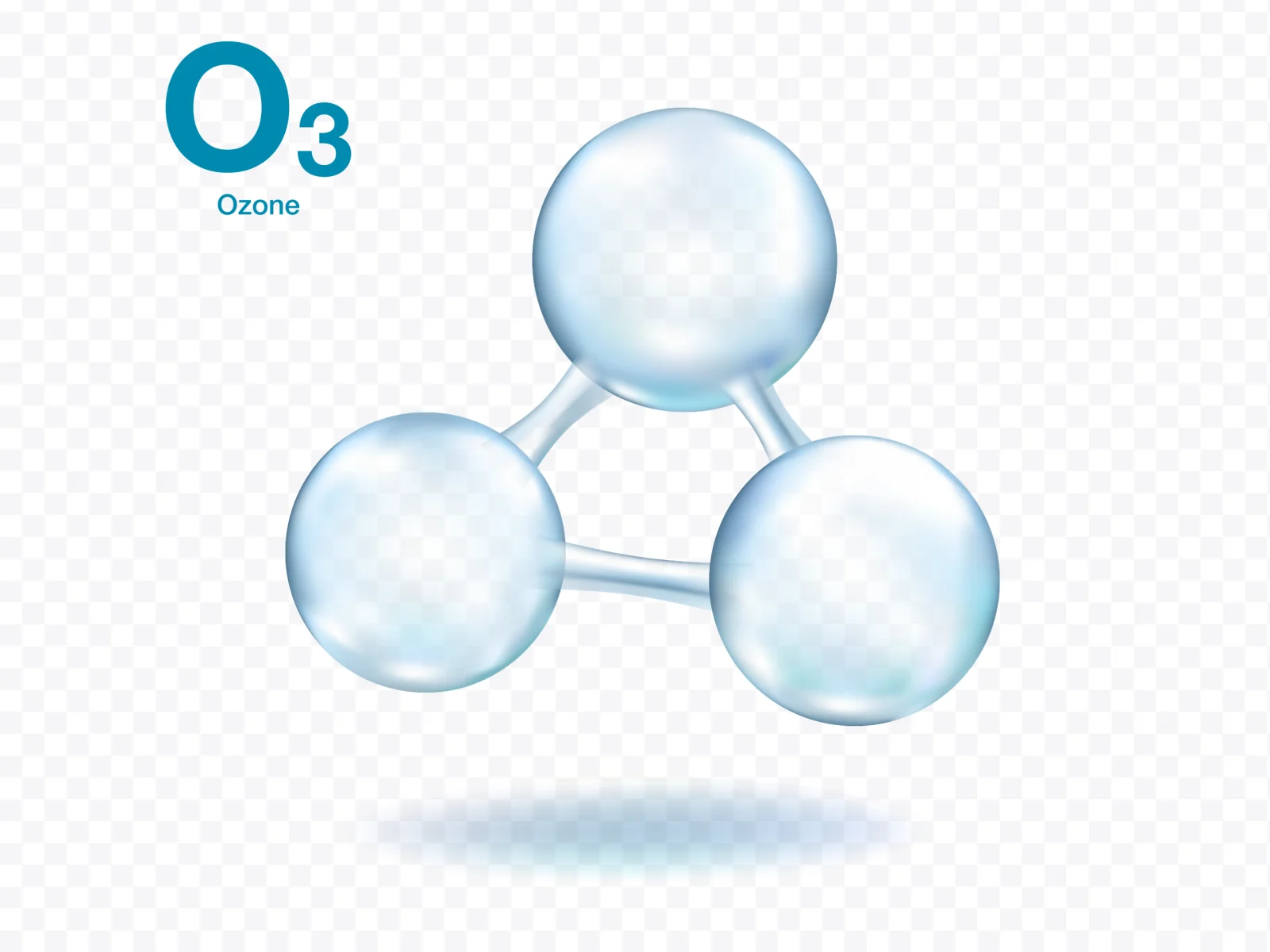
Principales ventajas
- Ultra-efficient denitrification performance: The NO removal rate is over 95%. Ozone (O₃) can completely oxidize the difficult-to-treat NO into the easily adsorbed NO₂/N₂O₅.
- Excellent low-temperature adaptability: Can operate efficiently within the temperature range of 80 - 150℃, saving energy for reheating of flue gas.
- Synergistic desulfurization: Simultaneously remove SO₂ (with an efficiency of over 90%), without the need for additional desulfurization equipment
- Ammonia-free operation: Prevent NH₃ leakage risk and solve the secondary pollution problem of SCR.
- Anti-sulfur interference: O₃ primarily oxidizes NO, and SO₂ does not affect the efficiency of denitrification.
- Waste product resource utilization: The production of H₂SO₄ and HNO₃ can be used for purification and sale.
5. Microwave/Ultrasonic Regeneration Method
Resumen de la solución
Activated carbon regeneration is a crucial step in environmental protection processes such as desulfurization, denitrification, and VOCs treatment. The microwave and ultrasonic regeneration technologies, due to their high efficiency, energy conservation, and low energy consumption, are gradually replacing the traditional thermal regeneration methods.

Principales ventajas
- Low-temperature and high-efficiency, protecting the structure of activated carbon: Through molecular selective heating (300 - 500℃), avoiding overall high temperature
- Precise energy targeting effect: Microwave energy is concentrated on polar pollutants (such as H₂SO₄, organic molecules), while the ultrasonic cavitation effect primarily acts on the carbon-pollutant interface.
- Adapt to complex pollutants: Microwaves can handle pyrolytic pollutants such as sulfates and polymers. Ultrasound is good at desorbing water-soluble substances such as heavy metals and dyes.
- Environmental advantages are prominent: It causes no secondary pollution. Compared with chemical recycling methods, it does not produce acidic or alkaline waste liquids, and the exhaust gas can be controlled.

